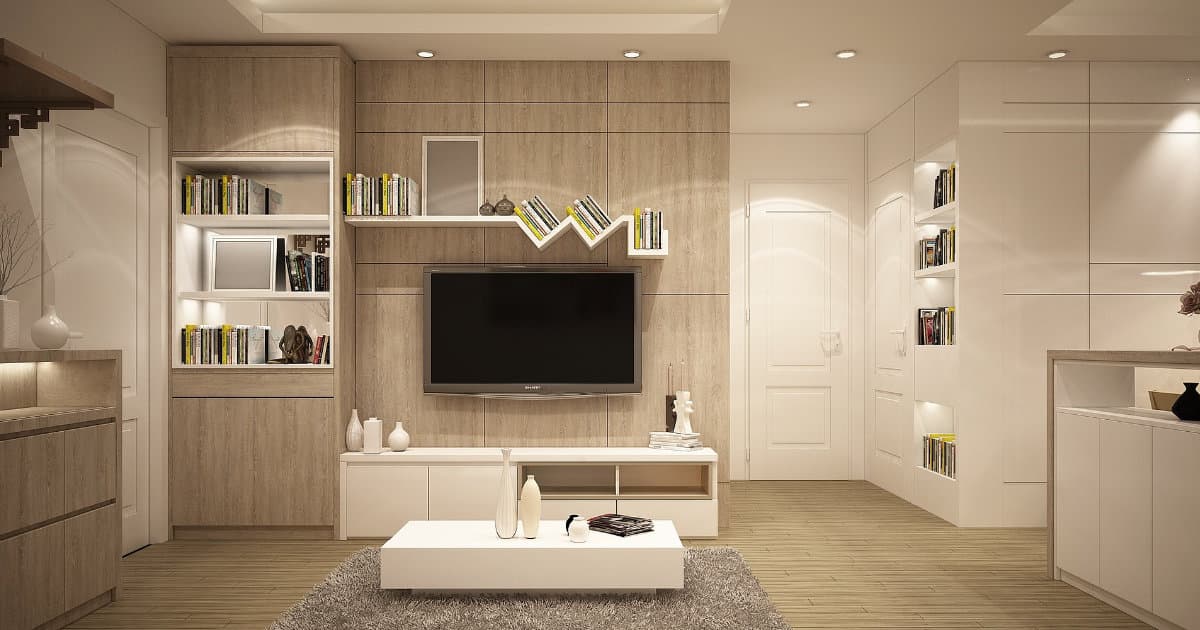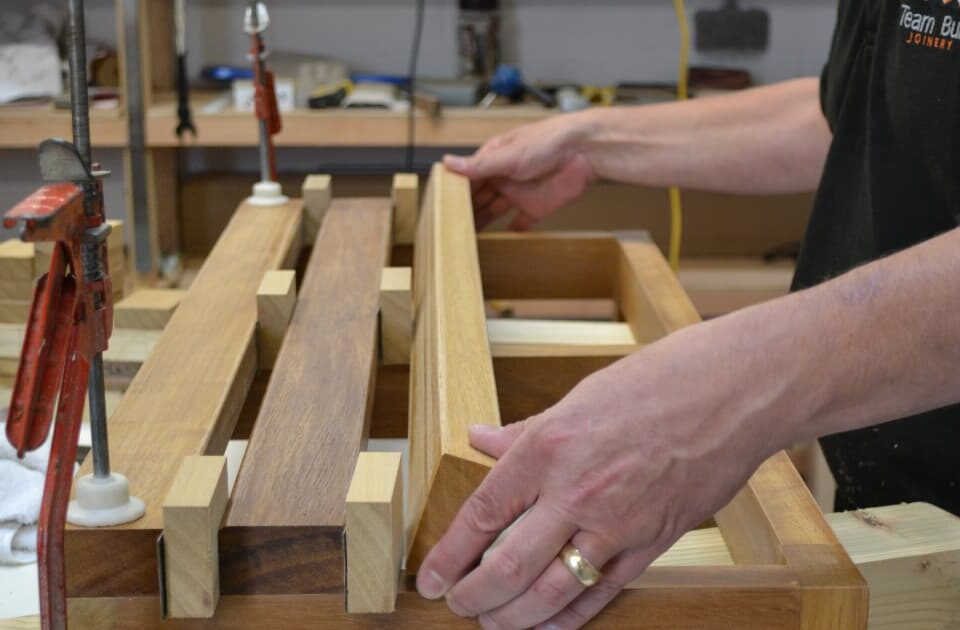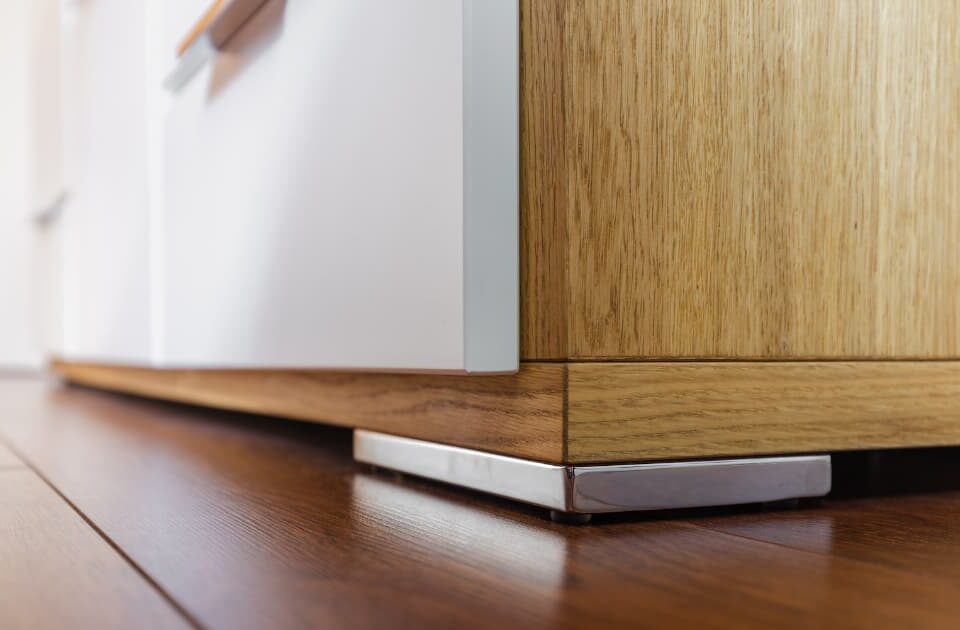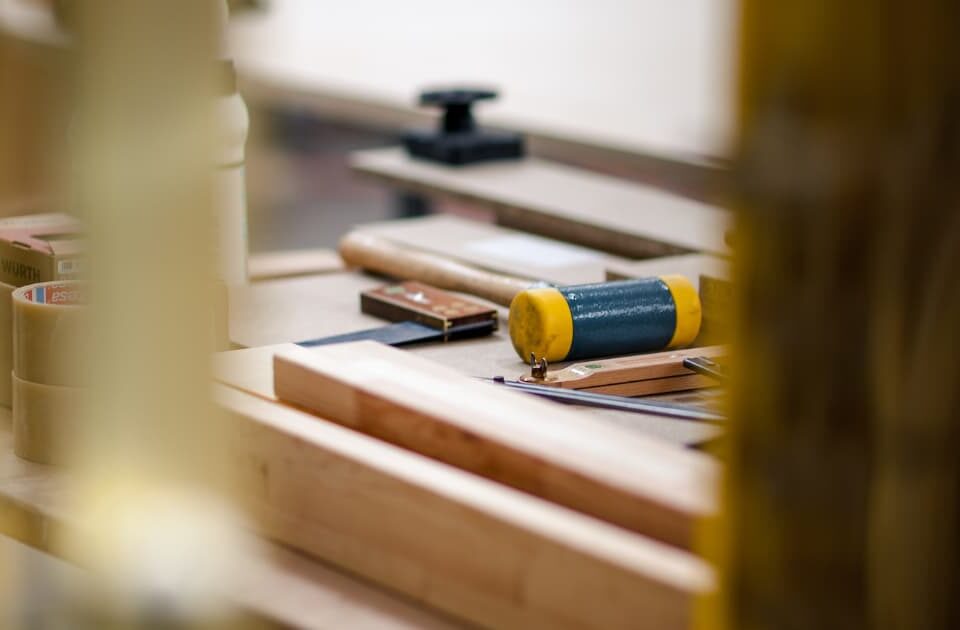The 7 Elements of Interior Design

Coffee Shop Interior Design Trends
17th November 2021
A Mini Guide to Walk-In Wardrobes
1st December 2021Interior design is about a lot more than just the decorations you select for a space. It refers to the way you integrate design into the construction, layout, and decorative aspects of any inside space – creating an overall theme which elevates the way the space is used and ensures that every aspect of the space is functional as well as aesthetically pleasing.
In this blog post we will be uncovering the 7 key elements of interior design, considering how each of these builds towards the presentation of a cohesive space.
Space
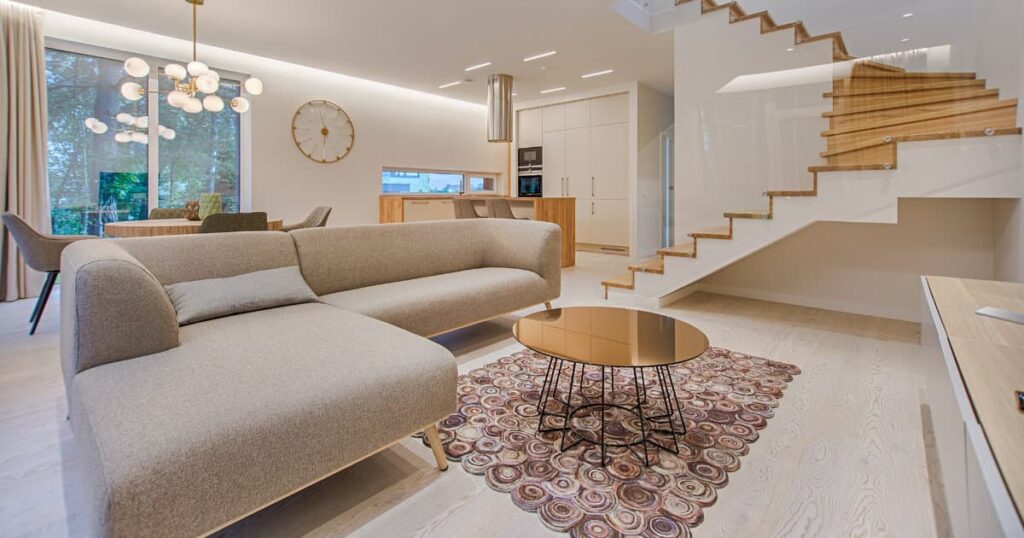
First and foremost is the space itself – not just in terms of floorspace but with regards to the construction of the walls and features and the way that these interact with each other and with the surrounding spaces. Getting the balance right is crucial if you want to create a harmonious foundation to build upon – with a careful blend of positive and negative space (positive space being that which is taken up with furniture and features, while negative space is the clear space between those items).
If your space is quite small in terms of the floor span, consider ways of making it feel larger and more open with lots of negative space. If your space is light and bright then injecting large items of furniture can make it feel more welcoming and homely.
Lines
Have you ever noticed how a very modern home is filled with angular corners and straight lines, while a more rustic space has lots of curved edges and soft focal features? Lines refer to the features of the room which draw the eye and make it feel stable, balanced, and bigger or smaller – for example through high and low tables, tall and thin lamps and broad floor cushions to create layers and a feeling of dynamic freedom.
Form/shape
This doesn’t just mean the shape of the room itself, but the way you fill that space and the furniture shapes which you integrate into the space. Balance and a blend of natural and more angular shapes is once again key when it comes to creating a cohesive and aesthetically pleasing form in your interior space.
Pattern
Not everyone loves bright and vibrant patterns in their interiors – with modern neutrals very popular across 21st century interior design. However, pattern does not have to mean a bright and repetitive pattern on your cushions or rugs – it can also mean the way you use colour in different areas of the room, and the way you compliment your surrounding space with the furnishings you dress it with.
Light
Natural light is always our go-to for a light and modern living space, with window dressings ideal for adjusting the way this light filters into your room and fills the space as a whole. As well as natural sources of light, look for ways of integrating artificial light into your room in a harmonious way, considering the way the room will be used and what kind of light you need to support the core function of the space.
Colour
Colour has the power to make a space feel larger or smaller and can control the mood almost entirely within a space. While red exudes power and drama, blue is a relaxing colour and yellow is said to boost positivity and creativity.
It is worth considering how the light in a room will impact the way the colour is presented, both in terms of the natural light and the artificial light sources you input yourself. All of these impact the overall presentation of your interior decisions and can change the way the room as a whole is enjoyed.
Texture
A room filled with different textures can feel overwhelming, while a room with a select few standout textures creates the kind of well-put-together aesthetic that is difficult to create with colour and decoration alone. As such, texture is one of our favourite methods of optimising the interior design of a space, adding to the depth of the room and helping to create clear and well-presented focal points.
Interior design is a vital element in the presentation of both commercial and residential interior spaces, referring to the ways that all the different parts of the space come together to create a cohesive finish. Whether you focus first on colour, pattern, texture, or light, find ways of channelling your personal or brand personality through your selected interiors, and don’t be afraid to experiment with both harmonious and juxtaposing looks.

